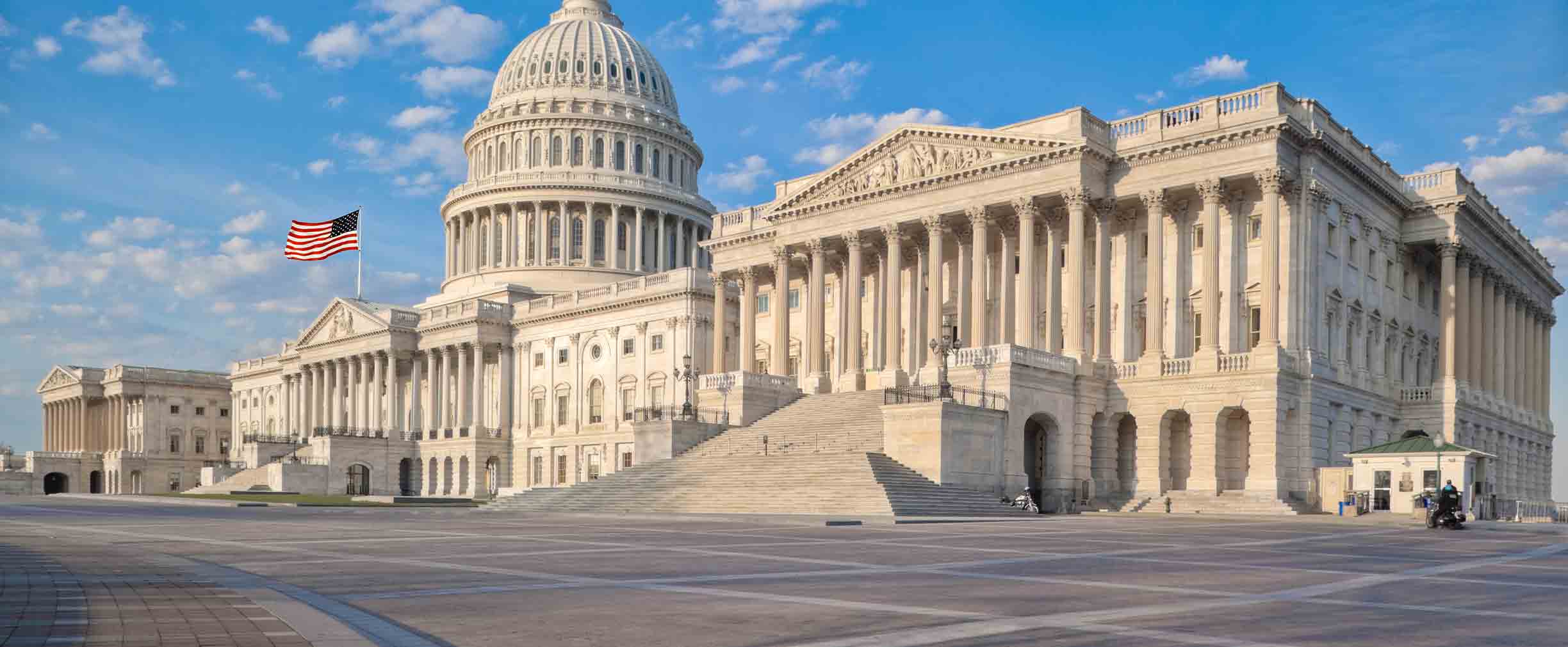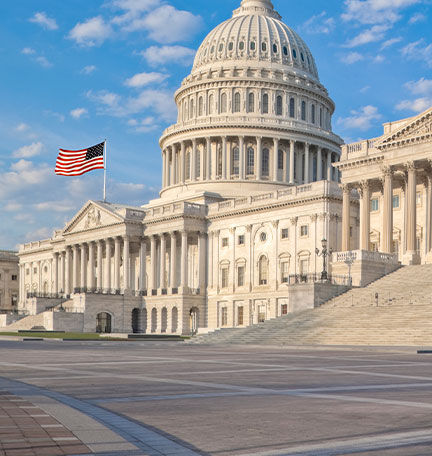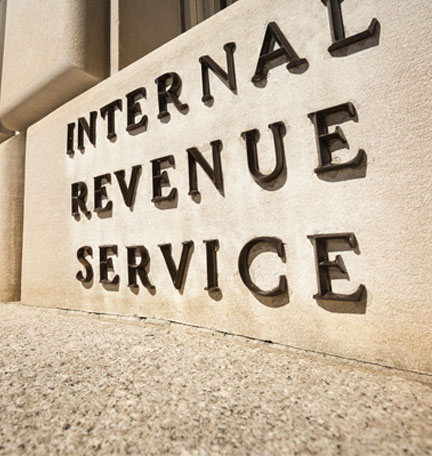Learn what provisions were included and excluded from the Consolidated Appropriations Act of 2023 and find insights into the negotiations leading up to the final legislation.
On December 23, 2022, President Biden signed into law the $1.7 trillion spending package known as the Consolidated Appropriations Act of 2023 (“Act”). Signing the legislation funded ongoing government activity through September 20, 2023 and averted a government shutdown. What provisions were included and, even more important, excluded from the Act provide insight into the negotiations leading up to the final legislation. The political chasm among those who supported or opposed this package may be viewed as a microcosm of what could be a divisive 118th Congress that began on January 3, 2023.
Included Tax Related Provisions
Securing a Strong Retirement Act (“SECURE 2.0”)
After being introduced in November 2021, but failing to pass earlier in the year, SECURE 2.0 has become law as part of the larger appropriations package. It builds on the Setting Every Community Up for Retirement Enhancement (“SECURE”) Act, signed into law in December 2019, to improve retirement savings opportunities for workers. A selection of the provisions is summarized below.
- Required Minimum Distributions (“RMDs”) - While the SECURE Act increased the age at which RMDs must be made from age 70 to 72, SECURE 2.0 increases the RMD age to 73 starting on January 1, 2023, and increases it again on January 1, 2033, to age 75. In addition, starting in 2024, RMDs will no longer be required from Roth accounts in employer sponsored retirement plans.
- Catch Up Contributions – Beginning January 1, 2025, the Act boosts the amount taxpayers aged 60-63 may make as catch-up contributions to their employer sponsored retirement accounts. The increased catch-up amount will be the greater of $10,000 or 150% of the regular catch-up contribution amount for the year. Catch-up provisions for taxpayers aged 50-59 will remain as currently legislated.
- Future Contributions of Higher Compensated Employees – Effective for tax years beginning after December 31, 2023, all catch-up contributions under qualified plans must be made to Roth accounts, except for employees with compensation of $145,000 or less.
- Automatic Enrollment – This is a new provision that requires most new employer sponsored retirement accounts to automatically enroll workers and make automatic contributions ranging from 3% to 10% for plans starting in 2025. Note that existing plans are grandfathered. Automatic contributions are then increased by 1% each year for the next 5 years (not more than 15%). Employees can elect out of the automatic contributions.
- Starter 401(k) Plans – Employers that do not offer a retirement plan can now offer a starter 401(k) plan (or safe harbor 403(b) plan) at a 3-to-15 percent of compensation deferral rate.
- Student Loan Payments – Effective for plan years beginning after December 31, 2023, the amount of certain student loan payments may be treated as qualified plan contributions so that the employee may receive a matching contribution.
- 529 Education Plan Rollovers – For tax years after December 31, 2023, taxpayers are permitted to make tax-free and penalty free rollovers of up to $35,000 from 529 education plans into Roth IRAs.
- Qualified Charitable Distributions – The Act provides for a one-time election to make a qualified charitable distribution of up to $50,000 from an IRA to a charitable remainder trust or a charitable gift annuity, but only if such vehicle has been funded exclusively by qualified charitable distributions.
IRS Funding for FY 2023
In addition to SECURE 2.0, the Act includes a $12.3 billion appropriation for the IRS. This is a 2.2% decrease in funding from 2022. However, with the $80 billion in additional IRS funding to be provided by the Inflation Reduction Act between 2023 and 2032, it is expected that overall funding for the IRS will be higher for 2023 than 2022.
Charitable Conservation Easement Deduction Limitation
The Act also introduces a limitation on the deductibility of qualified conservation contributions made by pass-through entities. Such limitation generally applies to the extent that the amount of the contribution exceeds 2.5 times the sum of each partner’s adjusted basis in such pass-through entities. Exceptions are available for family-owned pass-through entities, pass-through entities that meet the 3-year holding period test, and certified historic structures.
Excluded Provisions
As previously mentioned, numerous provisions were excluded from the Act which would have been impactful for business and individual tax planning purposes. These – and many other topics – will remain topics of conversation and debate in Washington in the months and years to come. Such provisions include the extension of many business favorable tax provisions introduced by the Tax Cuts and Jobs Act (“TCJA”) and various COVID relief legislation. While both sides have been advocating to include their provisions in the Act, their inability to come to a compromise has left taxpayers in an ambiguous position.
- Amortization of Research and Development (“R&D”) Costs – The ability to deduct R&D costs in the year incurred expired at the end of 2021. As this was not addressed in the Act, businesses will now be required to amortize their R&D costs over multiple years pursuant to IRC section 174.
- Business Interest Deductibility – As part of COVID relief legislation, the amount of business interest a taxpayer could deduct was increased from 30% of adjusted taxable income to 50% for tax years 2019 and 2020. The Act does not include any provision to extend the increased deductibility going forward.
- Bonus Depreciation Phaseout – The TCJA increased bonus depreciation eligible for deduction from 50% to 100% on qualified business assets purchased from September 28, 2017 through December 31, 2022. Beginning in 2023, the bonus depreciation percentage decreases by 20% each year thereafter. Without additional action by Congress, bonus depreciation will zero out on purchases made after December 31, 2026.
- Child Tax Credit Expansion – Current law provides parents or guardians with a tax credit of up to $2,000 per year for each of their children. COVID relief legislation expanded the credit to $3,600 for children under age 6 and $3,000 for children between the ages of 6 through 17 and allowed for the benefit to be paid in monthly installments rather than a credit. The expanded benefits expired at the end of 2021.
Observations
Businesses hoping for relief from the expiration of many of their deductible expenses will need to prepare for potentially higher tax bills in 2023 and beyond. The makeup of the 118th Congress’ Senate and House may make passage of any new bills even more difficult. However, it is predicted that Congress will need to act on legislation to increase the federal statutory debt limit in the summer in order to avoid a default on obligations or potential rating downgrade of the federal government. Some House Republicans have publicly stated that they anticipate using this expected action in 2023 as leverage to gain concessions from President Biden on fiscal policy, and how this plays out between the House, Senate and the White House will be an area of significant focus in 2023.
For more information on details of the Act along with planning strategies to maximize benefits, please reach out to your Regions Wealth Advisor.











